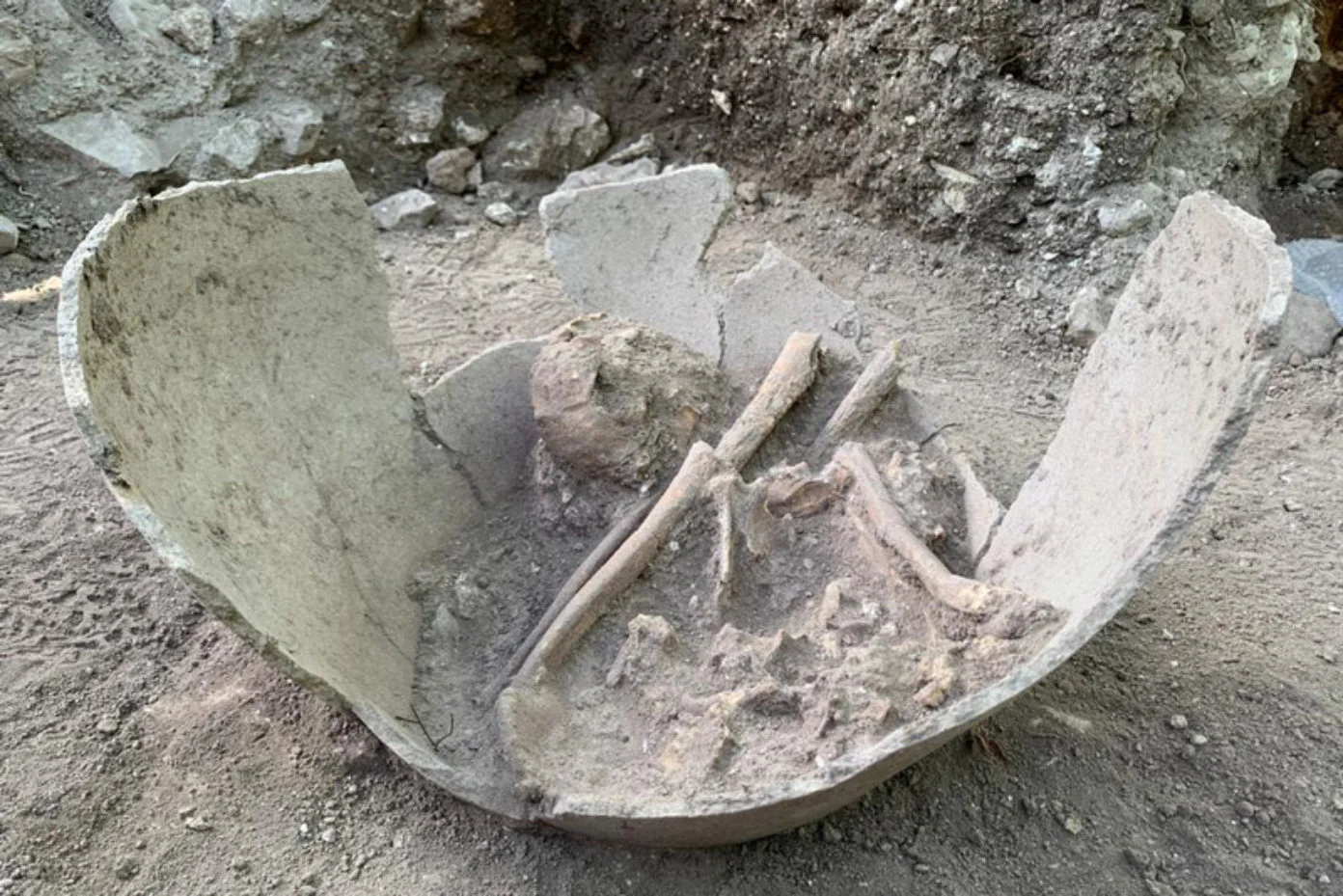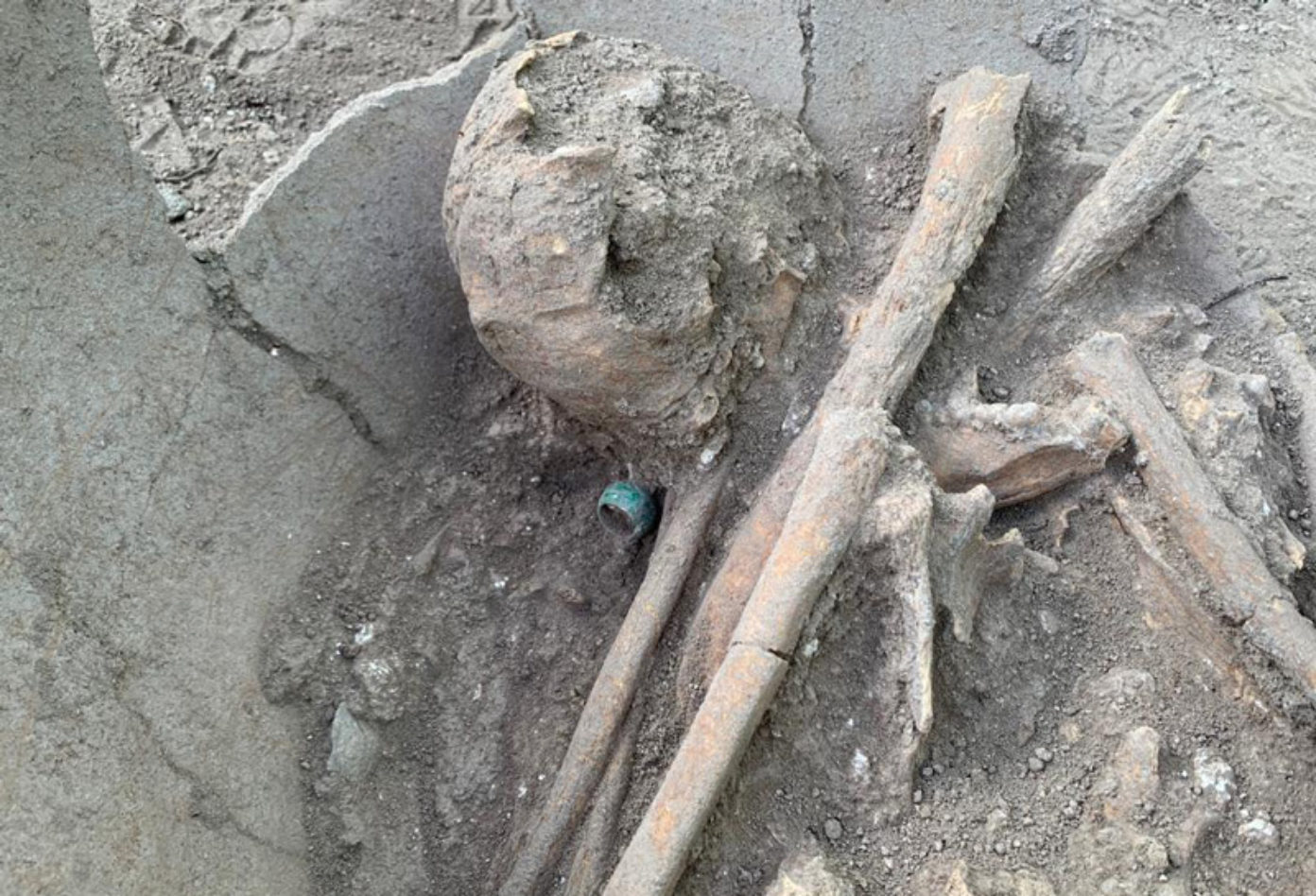In a groundbreaking discovery, archaeologists have stumbled upon the remains of a young sacrificed Mayan with a beautiful jade ring in the state of Cameche, Mexico. This remarkable find was made during recent excavations at the enchanting Maya city of El Tigre, revealing stunning insights into the ancient civilization’s cultural practices.

El Tigre, also known as “Itzamkanac” or the place of the lizard serpent, served as both a trading and ceremonial center. This ancient city was established during the Middle Preclassic period and remained occupied until the Spanish conquest. With its strategic location near the Rio Candelaria, El Tigre thrived as the political capital of the province of Acalán, attracting traders from far and wide.
The National Institute of Anthropology and History (INAH) reported that the skeleton, adorned with a sizable jade ring, was discovered in Structure 1 of the El Tigre Archaeological Zone. Researchers believe that this burial belonged to a young individual from the Late Classic period, opening a hidden door to the Mayan civilization between 600 and 800 AD.

Jade held immense cultural and symbolic significance in Mesoamerican civilizations. From religious rituals to the social hierarchy, fertility, life, and the cosmos, jade played a pivotal role in shaping the artistic, social, and religious landscapes of ancient cultures. Its symbolism often transcended death, as evident in this remarkable discovery.
The jade ring, carefully placed inside a sacred vessel, exemplifies the Mayan’s reverence for this precious stone. Beyond its visual beauty, jade held profound importance in their spiritual and religious beliefs. The discovery gives us a glimpse into the rituals and beliefs associated with death and the afterlife among the ancient Mayan people.
The El Tigre Archaeological Zone, with its 15 large structures and numerous smaller ones, promises to shed further light on the social structures, religious practices, and daily life of ancient Mesoamerican civilizations. While the excavations are ongoing, plans are underway to open this historic site to tourists. A building is being erected with interpretation panels and signage to provide visitors with context and deeper understanding of the ancient ruins.
This remarkable discovery will undoubtedly contribute to the growing knowledge of the ancient Mayan civilization and its cultural practices. Each artifact and burial offers a new perspective of the lives of our ancestors, allowing us to piece together their stories and honor their existence. It is through these archaeological marvels that we can appreciate the rich history and cultural legacy that continues to shape our present-day society.
As each layer of soil is meticulously sifted and each artifact delicately unearthed, archaeologists uncover the mysteries of the past. It is through their careful analysis and interpretation that we can bridge the gap between our modern lives and the distant echoes of Mayan civilization.
As we eagerly await the completion of the excavations at El Tigre, we can anticipate a flood of new knowledge that will enrich our understanding of the Maya and inspire a renewed appreciation for their remarkable cultural achievements.




